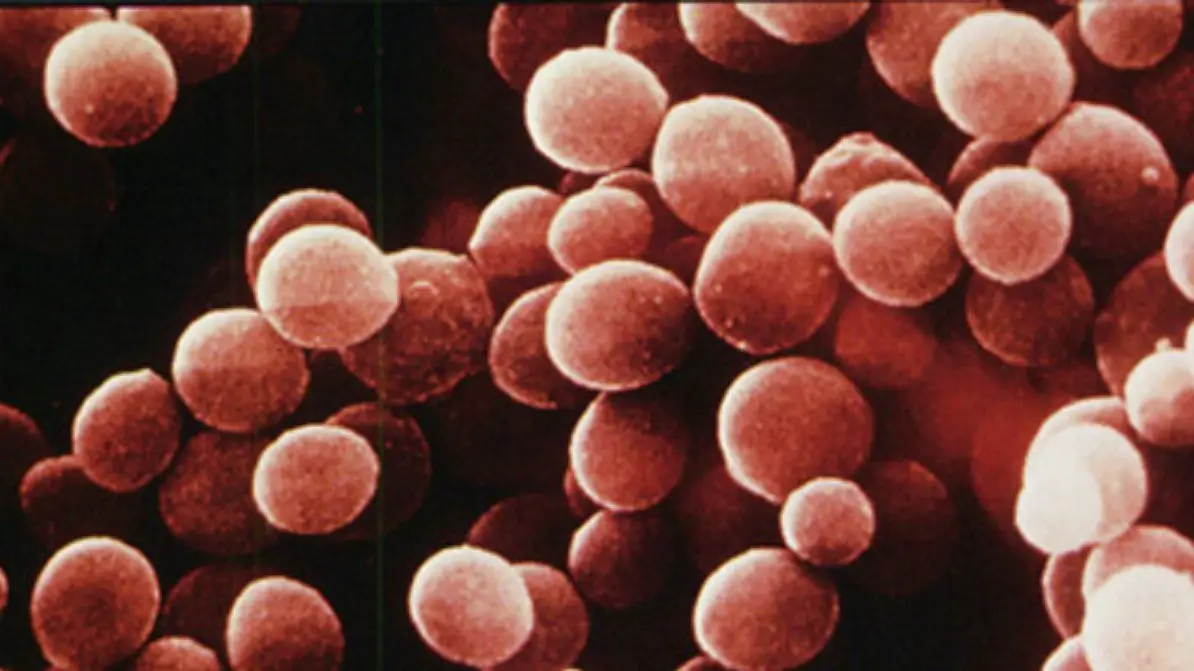
How to Protect Yourself from Staphylococcus Aureus
Table of Contents
Staphylococcus aureus, also known as staph, is a common bacterium that can cause a wide range of infections.
While many people carry staph bacteria on their skin and in their noses without any symptoms, heavy growth of staphylococcus aureus can lead to serious health problems.
In this article, we will discuss the treatment options for heavy growth of staphylococcus aureus.
Diagnosis of Staphylococcus
Before discussing treatment options, it is important to have an accurate diagnosis of Staphylococcus aureus. Diagnosis is usually done through a culture and sensitivity test, which involves collecting a sample of the affected tissue or fluid and sending it to a laboratory for analysis.
The lab will grow the bacteria and test it against various antibiotics to determine which antibiotics are most effective at killing the bacteria. Once a diagnosis has been determined then treatment can commence.
Treatment for Staphylococcus
Antibiotics
Antibiotics are the most common treatment for heavy growth of staphylococcus aureus. The choice of antibiotic will depend on the severity of the infection, the location of the infection, and the results of the culture and sensitivity test.
Commonly prescribed antibiotics for staph infections include:
- Methicillin-resistant Staphylococcus aureus (MRSA) – Vancomycin, linezolid, daptomycin, or telavancin
- Methicillin-sensitive Staphylococcus aureus (MSSA) – Penicillinase-resistant penicillin (oxacillin, nafcillin), cephalosporins, macrolides, tetracyclines or fluoroquinolones
It is important to note that overuse or misuse of antibiotics can lead to antibiotic resistance, which can make it harder to treat future infections.
Therefore, it is important to use antibiotics only when necessary and to follow the prescribed dosage and duration of treatment to prevent drug abuse.
Surgical Intervention
In some cases, surgical intervention may be necessary to treat heavy growth of staphylococcus aureus. This may include draining an abscess or removing infected tissue.
Surgery is usually only necessary when the infection is severe, has spread to surrounding tissues, or is not responding to antibiotic treatment.
Wound Care
Proper wound care is essential for treating and preventing staph infections. This includes keeping the affected area clean and dry, changing bandages frequently, and avoiding tight clothing or bandages that can trap moisture.
It is also important to avoid sharing personal items, such as towels or razors, with others to prevent the spread of infection.
Prevention of Staphylococcus
Prevention is the best defence against staph infections. This includes good hygiene practices, such as washing your hands frequently, keeping your skin clean and dry, and avoiding close contact with people who have staph infections.
In addition, it is important to maintain a healthy immune system by eating a balanced diet, getting enough rest, and exercising regularly.
Finally, as you already read, Staphylococcus aureus is a common bacterium that can cause serious health problems when it grows heavily, so It is important to practise good hygiene and maintain a healthy immune system to prevent staph infections from occurring.
If you suspect you have a staph infection, it is important to seek medical attention promptly to ensure proper diagnosis and treatment.
Continue reading: 8 ways to prevent Urinary Tract Infection (UTI) in men


